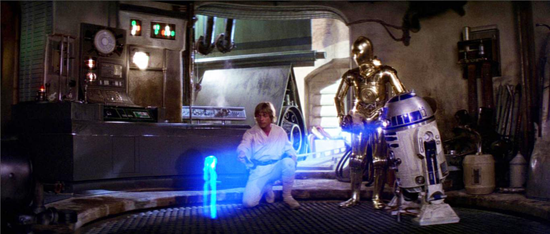
There remain a handful of technologies that we all wish would just go mainstream already. Jetpacks, for example. Teleportation. And 3-D project holograms - the Princess Leia kind. Heck, we'd even settle for the low-res, two-tone version we saw in the movie.
Good news, Obi-Wan. Researchers are working on 3-D holographic projectors, and this past year, we saw more progress than you can shake a lightsaber at. Here's a round-up from 2014.
1. Hologram Projector Chip
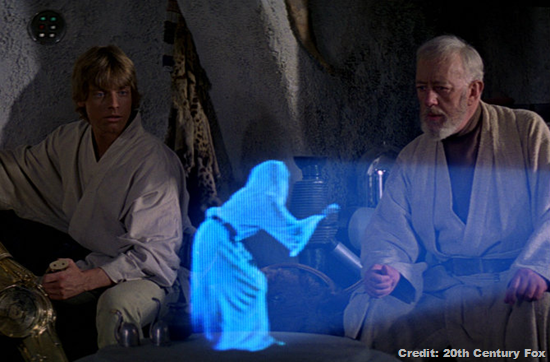
One of the most amazing pieces of news came from scientists at Carlsbad, California-based Ostendo Technologies. They developed a Tic-Tac-sized hologram projector chip small enough to fit inside a smartphone. The image processor has tiny light-emitting diodes (LEDs) able to control the colour, brightness and angle of more than a million individual beams of light.
And we won't have to settle for low-res either. The Ostendo Quantum Photonic Imager produces video at 5,000 dots per inch. The company thinks they could have the 3-D holographic video in a smartphone by the end of 2015.
2. 3-D Video for Surgeons
RealView based in Yokneam, Israel, has a pretty impressive 3-D display for surgeons. With it, doctors can view different parts of a patient’s anatomy “floating” in mid-air in real time during surgery. The image is made using data from an X ray, MRI or ultrasound. It's then projected into a fixed point in space, which the surgeon can turn or interact with to view parts of the organ not otherwise seen.
3. Holograms in a Globe
Ideally, a projected holographic image appears to float at fixed point in space. But we can be flexible. Take this spherical display called Spheree, which looks like a giant snow globe. Eight tiny projectors located at the base of the globe project images into the centre that are blended together into uniform, high-resolution detail thanks to advanced software. Objects inside can be controlled with tools and simple gestures from any angle.
4. Mid Air Touchscreen
You know a company is serious about developing 3-D projection technology when they take the name of the Princess. Leia, that is.
The holograms from Leia Display System work just like touch screens, but instead of images projected onto a flat panel, they're projected onto a cloud, literally. The "screen" is actually a frame into which a thin, invisible layer of mist is produced. A projector beams the images onto the vapour particles.
Objects respond to touch and gesture, so that users can interact with the images as if the objects were right in front of them.
5. MisTable
The MisTable also uses mist as a screen. It was created by computer scientists from the University of Bristol and is a multi-touch tabletop system that produces three-dimensional objects in a fog. Multiple users can interact with the projected objects, tilting and turning them to their hearts' content.
6. Holograms You Can Touch
The promise of this technology will be holograms that you can feel. Scientists from UK-based UltraHaptics have developed a system that emits concentrated sound waves from multiple speakers to exert pressure that feels like an object. At the moment, the system is only able to emit basic shapes, such as a sphere, cube or pyramid. But this is just a start. Eventually, the sound will be paired with a visual component to make virtual objects you can touch and feel.
7. Apple Patented 3-D Holographic Display
It should come as no surprise that Apple is jumping into the 3-D projected hologram ring, too. In early 2014, they patented a 3-D display system that uses two parabolic mirrors to project a digital object into the air. Like other holographic technologies, this one is also interactive.
8. Winning Concept
Every year, Electrolux holds a design competition, soliciting creative and innovative ideas for appliances categorized under a particular theme. In 2014, designers submitted 1,700 entries under the theme "Creating Healthy Homes." The winner was a holographic display called Future Hunter-Gatherer, which turns hunting and fishing into a game.
Chinese design student Pan Wang wanted to reconnect shoppers with their food sources. To that end, Wang developed a system that lets people first select the main ingredients for a meal. The appliance then projects the food items around the room, which the family then hunts and gathers. Once the food items are collected, the game sends a delivery request to the local grocery store.
At the moment, it's just a concept, but it demonstrates a creative use for the technology. And for the effort, Wang received US$6,230 plus a six-month paid internship at an Electrolux global design centre.
9. Holograms that Dance
People who attended the Billboard Music Awards back in May, 2014, were surprised to see Michael Jackson perform. The pop star died in 2009, but his spirit lived on in a 3-D performance staged by Optimum Productions, Pulse Evolution, Tricycle Logic.
It's not a true holographic projection, where light is beamed into a fixed space to produce a three-dimensional object. Instead, it's an optical illusion called Pepper's ghost, which involves splitting the stage into two rooms - with only one room visible to the audience. By manipulating the viewing angle and lighting, a projection in the hidden room appears out of thin air in the viewable room.
London-based Musion used the trickery in 2012 to bring deceased rapper Tupac Shakur back to the stage at the 2012 Coachella Music and Arts Festival. Digital Domain Media Group did a similar thing that same year with Elvis Presley.
10. Holograms That Make More Money Than You
Later in the year, Japanese pop star Hatsune Miku, who actually isn't a person at all, but a projection whose first album hit number one on the Japanese charts, appeared on the Late Show with David Letterman. Sort of depressing, isn't it, that a projected image makes more money than you?
Ah, but it's not even a real hologram. It's just another Pepper's ghost illusion. We'll hold out for the real thing, thank you very much.
Top image: Princess Leia's hologram projected by R2D2 in the first Star Wars movie, via Disney and more blog.
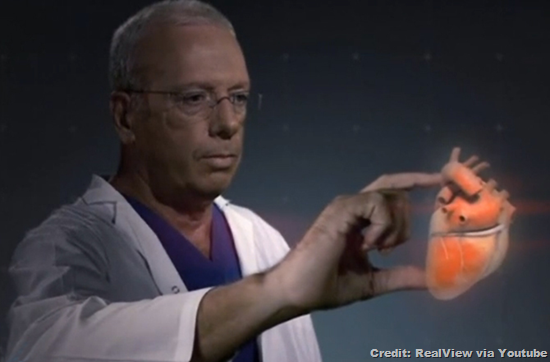
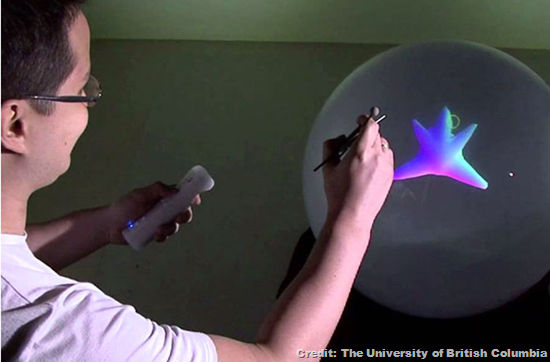


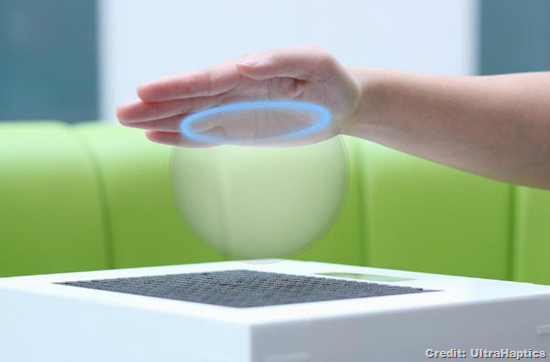
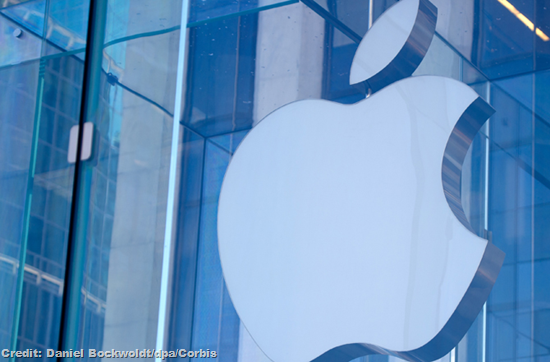
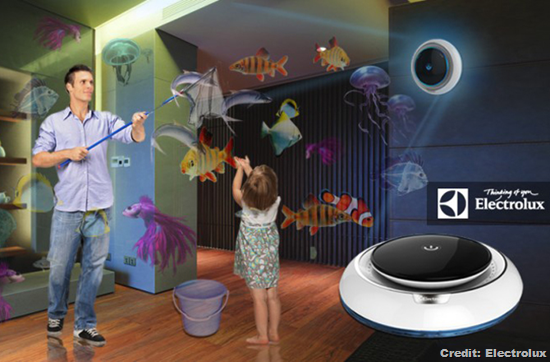
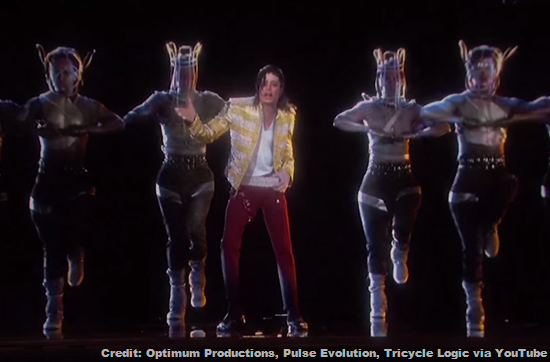

No comments:
Post a Comment
Please adhere to proper blog etiquette when posting your comments. This blog owner will exercise his absolution discretion in allowing or rejecting any comments that are deemed seditious, defamatory, libelous, racist, vulgar, insulting, and other remarks that exhibit similar characteristics. If you insist on using anonymous comments, please write your name or other IDs at the end of your message.